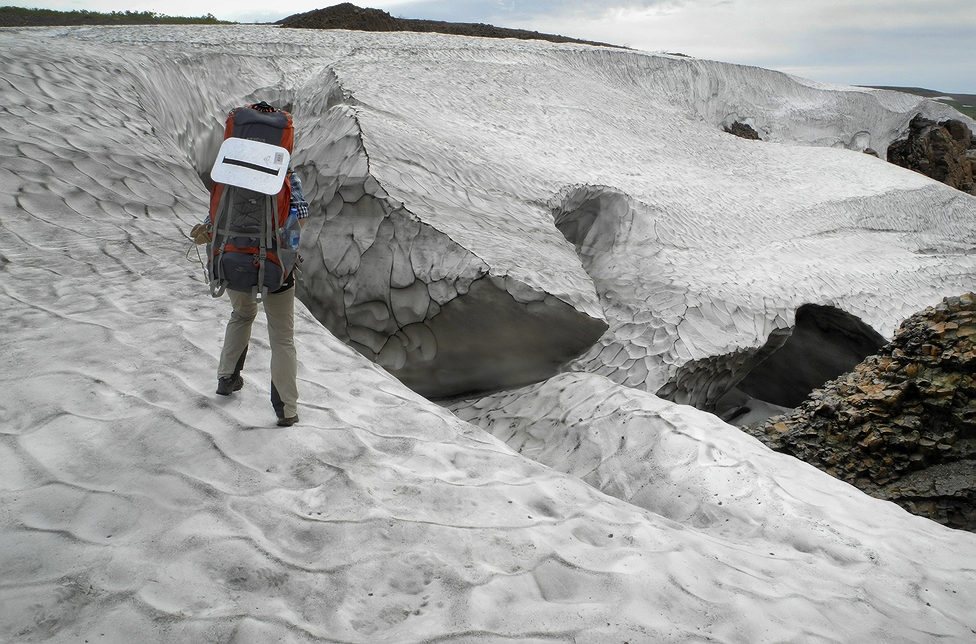#ARCTIC. #SIBERIA. THIS IS TAIMYR. Russian president Vladimir Putin instructed the Cabinet of Ministers to speed up work on the creation and implementation of a permafrost monitoring system.

“The growth rate of the average annual air temperature in the Russian Federation over the past 44 years has been 2.8 times faster than in the global dimension. About 65 percent of our territory is located in the Far North. Many of the settlements there were built and settled in the permafrost. Moreover, there is still no unified system for monitoring the state of this permafrost. The bill on the introduction of this system must be developed as soon as possible”, the head of state said.
In turn, Minister of Natural Resources and Environment Alexander Kozlov reported that work in this direction is already underway. The corresponding system will operate based on Roshydromet.
“It is planned to create 140 stations with wells up to 30 meters, where certain sensors will be installed to monitor frozen soils. On the basis of monitoring, scientists will be able to predict the consequences of climatic phenomena”, he said.
The construction of the stations will require 1.7 billion rubles.
Another way to strengthen monitoring of climate change in the Arctic is to place weather stations on ships.
“This is a well-forgotten practice: in the USSR they equipped about 400 ships, and now there are only 83. We can convince shipowners to put instruments on ships, this data will enter the Roshydromet system, and each ship will provide us with information on the Northern Sea Route”, explained Kozlov.
In addition, in order to obtain data that are more accurate from the North, the department is ready to modernize observation posts in the Arctic zone. Now there are 240 of them, most are outdated, so 2.6 billion rubles were allocated for the modernization of the stations this year.
“With these funds, it will be possible to completely renovate 26 stations and switch to automatic work without human intervention, as well as partially modernize another 97 stations”, concluded the head of the Ministry of Natural Resources.
Recall that in the fall of 2021, the Arktika-M satellite will begin monitoring the Earth. With its help, scientists will monitor climate change in the Arctic zone.
Follow us on Telegram, Instagram and Facebook.
Text: Ekaterina Elkanova, Photo: Nikolay Shchipko



